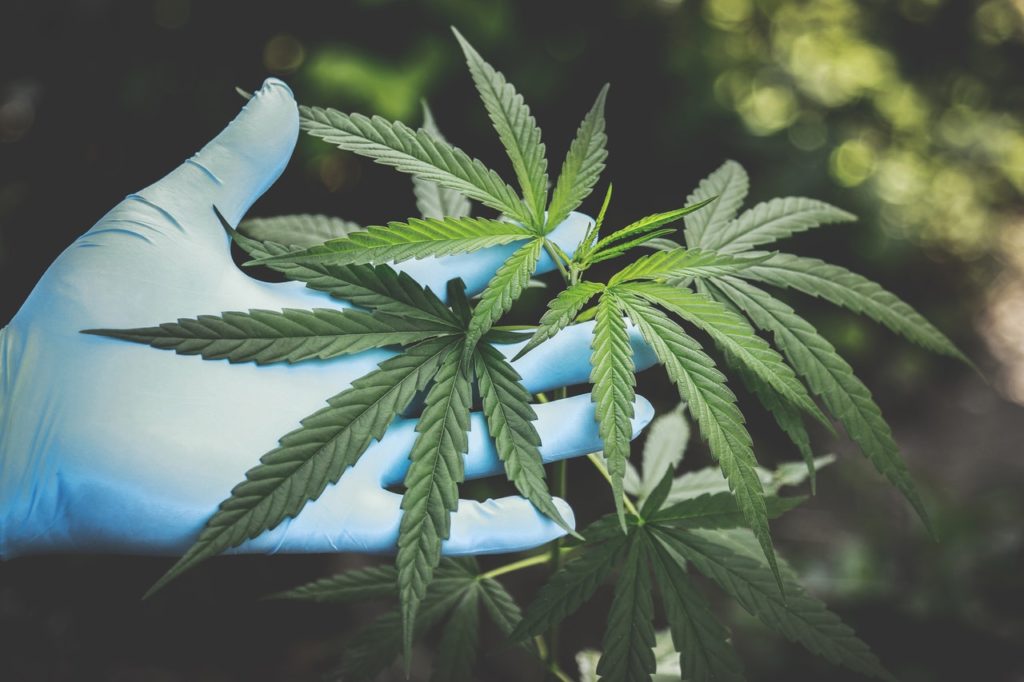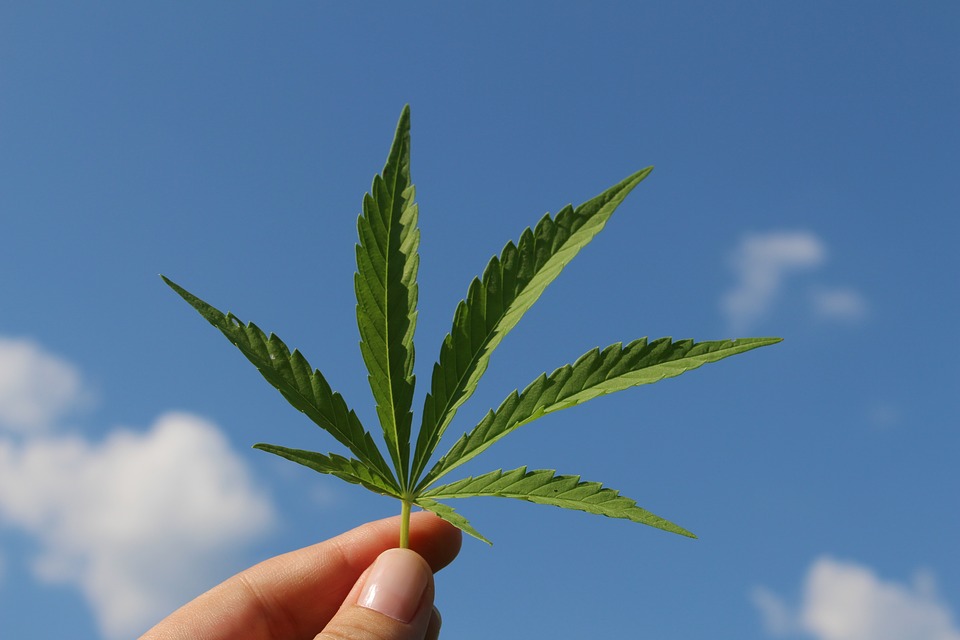How Do Cannabis Cannabinoids Interact With The Human Body?

The cannabis plant, widely known as marijuana, has long been used for various purposes. Let us go back 5,000 years in history when ancient China used cannabis to treat cramps and pain. During that time people used cannabis to ease not just pain but it was being used as an anti-inflammatory, anticonvulsant, and antiemetic agent. It was not until half a century ago that this herb came out of the shadows. Many researchers started talking about the versatility of marijuana and the presence of 70 phytocannabinoids. This was a milestone discovery and led to the successful identification of the endocannabinoid system.
So, did you know that there is an endocannabinoid (ECS) system in the human body? And the phytocannabinoids in the cannabis plant interacts with the cannabinoids? Also, this interaction leads to a series of chemical reactions producing a specific change in the body. The answer to all these questions is in the post below, keep reading. But, to get a better understanding of cannabinoids interaction with the human body, first, you need to understand the endocannabinoid system. Get ready to blow your mind. Let’s begin.

What is the endocannabinoid system?
The endocannabinoid system is comprised of two main receptors. Widely known as CB1 and CB2 receptors. These receptors are present in the central nervous system, brain, and throughout the peripheral region. Combined together the entire system is called the endocannabinoid system and it controls an array of functions in the human body. In other words, the ECS is the catalyst behind several benefits of CBD.
Having said that, let us go back a few years in history to shed more light on the ECS. In 1988, the first cannabinoid was found in the brain of a rat. The cannabinoids in the brain of the rat reacted successfully with one cannabis compound called THC. Surprisingly, the receptors in the brain were also responsible for psychological processes. A few years later, in the year 1993, another cannabinoid receptor came into light. This receptor was distributed throughout the peripheral tissues and the immune system.
In fact, even these receptors exhibited the same kind of reaction to THC as the former one. Soon after two years, in 1995, two receptors CB1 and CB2 came into existence. However, the receptors were not only found in rats but they were also significantly present in the human body. So, this is the ECS in a nutshell. Let us move on further and see how the phytocannabinoids interacts with the cannabinoids (CB1, CB2) in the human body.
Phytocannabinoids and the endocannabinoid system
Researchers have informed us about the synergistic relationship between the endocannabinoids and cannabis cannabinoids through several publications. Since then several studies have been published, especially in regards to the functionality of the cannabinoids and phytocannabinoids. In addition to this, the presence of these receptors throughout the human body is what poses an intriguing question. How does the interaction cater to the need of the human body? Here’s how?
We all know that all the organs, tissues, muscles, cells of the human body work together to keep the system in proper shape. Just like any machine, even the human body needs maintenance to avoid the consequences of aging and damage. This is where comes the purpose of the ECS. It maintains the health of the body. However, some mainstream medical practitioners think that the ECS will maintain the existing health which, in turn, will not be enough if the condition keeps occurring at regular intervals of time. So, this is precisely where the role of cannabis cannabinoids comes in.
Cannabidiol interaction with the ECS
When CBD binds with the receptors (CB1, CB2) it either replaces the non-functioning receptors or facilitates its maintenance. So, if you take a dose of CBD it may cause the receptors to function properly. Because according to research, the deficiency of cannabinoids leads to irritability, headaches, and several other health issues. In the end, it wouldn’t be wrong to say that CBD is like a power-up engine for the human body. Not only this, but this interaction also helps restore the homeostasis within the body.
In addition to this, CBD is also the non-psychoactive compound, so it doesn’t cause a high. This also explains why people are increasingly buying CBD products. Instead, several medical marijuana doctors are recommending CBD use to people who have a qualifying medical condition. Interestingly, CBD has a way around the human body. Unlike THC it does not interact with the receptors directly. Perhaps the reason why you don’t get high when you buy CBD edibles, or any other CBD products. Let us move on forward and talk a little about THC.
Tetrahydrocannabinol interaction with the ECS
THC is one of the major compounds of the cannabis plant and it interacts with the CB1 receptors. The interaction is direct this is why you feel a high every time you smoke THC rich strains. It wouldn’t be wrong to say that this is why most of the THC strains come under the recreational category. However, there are medicinal benefits of this compound too. Once THC is in the body, it will bind to the receptors and cause a powerful impact. This interaction leads to a series of effects.
The most commonly known effect is the ‘munchies’. This also means that THC can increase the appetite of an individual. Also, it is noteworthy that THC can cause psychic effects, especially if taken in large quantities. So, you have to be sure about the dose until experts produce a synthetic THC which only benefits the human body.
The Bottom Line
ECS plays a major role in bringing about a positive change in the body. It also stabilizes the internal process of the body. This means that it is an integral part and there’s a lot that we need to know about it. Unfortunately, cannabis interaction with the ECS is still under scrutiny. Until we have substantial proof about CBD, THC, 70+ other compounds from the experts. It is best to leave the matter in the hands of medical marijuana experts. Until further clarification on its usage as a medicine for several medical conditions.
